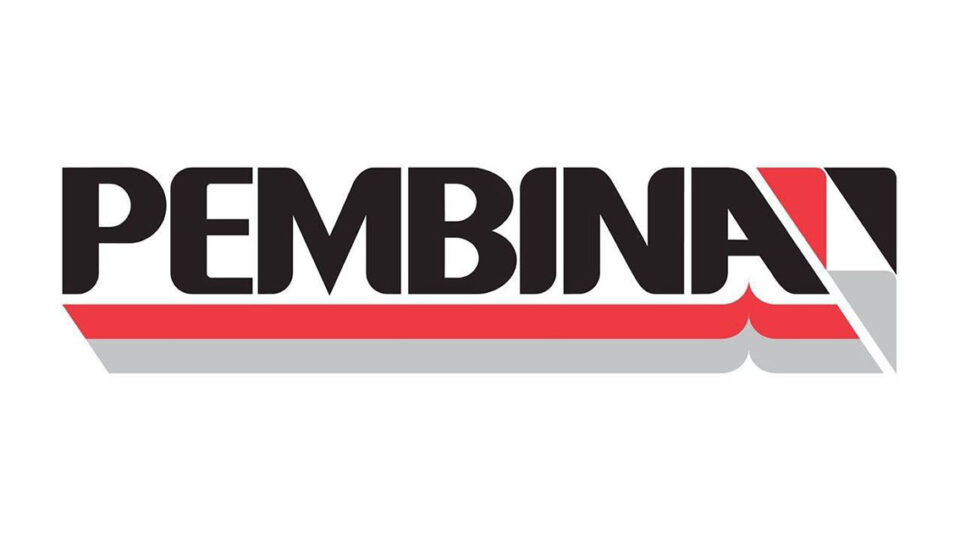Pembina Pipeline Corporation announced this Wednesday it aims at reducing its overall greenhouse gas emissions intensity by 30% by 2030. Reduction will happen using 2019’s baseline emissions. It will help to move the company forward into sustainability and its ESG goals.
Firstly, to achieve such reductions, the company will leverage three strategies: seizing operational opportunities, greater use of renewable energy, and investments in a lower-carbon economy. All of that conjoined will improve Pembina’s overall emissions intensity performance while increasing its long-term value.
Moreover, about the target, Mick Dilger, President, and CEO, said. “Pembina has never been one to shy away from a challenge. As the world around us continues to evolve, Pembina is embracing the opportunity to adapt, respond and contribute to a more sustainable future.”
He also remarked. “The meaningful target we have announced today is supported by a solid foundation of baseline emissions data that will drive accurate and consistent reporting across the organization moving forward.”
Also recommended for you: RWE to invest $21B in the UK by 2030 to accelerate green transition. Click here to read.
Pembina to pursue more PPA’s and carbon capture
Furthermore, the opportunities that the company will pursue will both lower emissions and operating costs. Some of the operational strategies include: optimizing pipeline capacity and operations; building cogeneration facilities as the Empress NGL Extraction Facility and Duvernay Complex; optimizing compression facilities to reduce the amount of energy consumed; as well as reducing flaring and venting.
On the other hand, the company will further seek opportunities regarding renewable energy. In fact, it is actively seeking opportunities to evolve into a lower carbon economy and achieve its GHG goals. To do so, the company will increase efforts like the power purchase agreement with TransAlta on the Garden Plain Wind project.
In addition, it will develop the Alberta Carbon Grid, which will allow Pembina to play a vital role in helping Alberta-based industries effectively manage emissions and contribute to a lower-carbon economy. Also, the company will evaluate pilot projects in carbon capture and storage at its gas processing facilities.
Finally, through 2022, the company will continue to progress in all of its ESG goals. In fact, Pembina has substantially advance its ESG strategies. In fact, the company already got independent third-party limited assurance for its Scope 1 and 2 emissions. It has also implemented methane leak detection systems at all its Canadian natural gas processing units.


